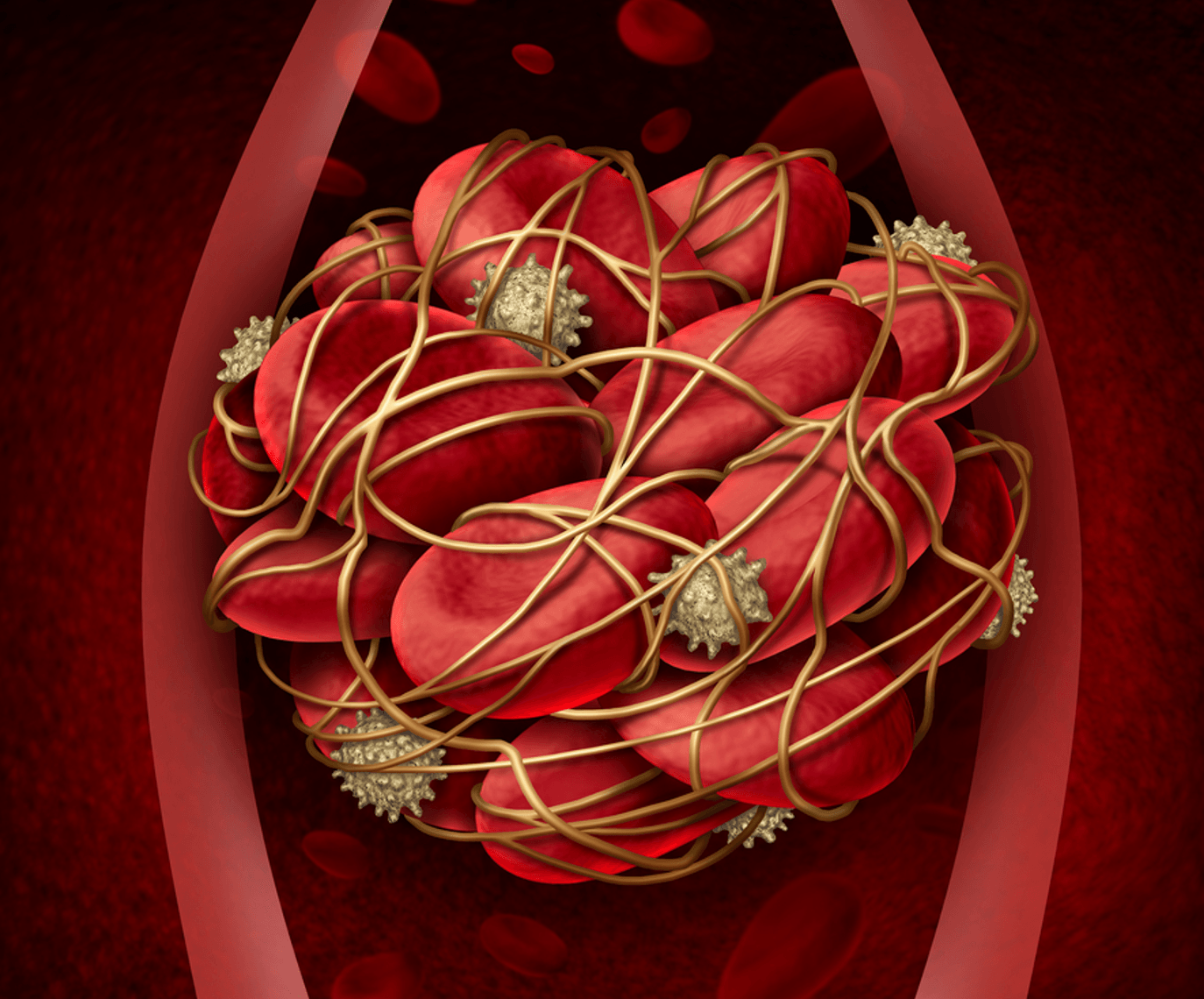New technology is continuing to revolutionise practically everything that we do! Innovations in technology have the potential to improve how surgery is conducted, enhance transportation, boost education, develop aviation and change the way that architecture is designed – to name just a few!
As these incredible developments continue to change the way we live our lives, their potential for improving the way we receive healthcare also continues to grow.
Technological Advances
As people become more aware of the amazing technological advances in terms of healthcare, their expectations also tend to grow. This is especially true of the amount of time that people expect to spend in the hospital following a surgical procedure.
The possibilities for home-care are much more prevalent due to the existence of certain technologies. This is true both of devices that allow the patients recovery status to be communicated to their healthcare professional, as well as devices that continue to provide care to patients in the home. These technologies continue to be explored and developed, and in turn made more available to those who need them most.
DVTlite
The DVTlite is one such invention that is enabling patients to spend less time in the hospital as well as helping to tackle complications when it comes to deep vein thrombosis prevention.
As we discussed in a previous article, the incidence of deep vein thrombosis is quite high risk with certain orthopedic surgeries. This means that finding ways to manage and prevent it is a priority! The DVTlite works to encourage blood circulation in the patient when they are recovering from a surgery that is associated with the risk of DVT.
What is Deep Vein Thrombosis?
Deep vein thrombosis is when blood clots occur within your deep veins. Deep veins are those which are located deep in the body, as opposed to superficial veins which are much closer to the surface of your body. This is a cause for concern because the blood clots can break away to travel through your bloodstream. If the clot finds its way to your lungs then it can impede the natural flow of blood and result in a pulmonary embolism. When this happens, the presence of oxygen throughout your entire body can be affected. The health implications of this are quite serious, especially if left undetected and therefore untreated.
When a blood clot, also known as a thrombus, forms in one of the deep veins in your body then swelling and pain may also develop. Although it is common that this swelling and pain will happen, sometimes DVT occurs without any symptoms. This is of course much more dangerous as the patient is then less likely to be aware that they are experiencing this condition.
Deep vein thrombosis is more likely to develop if you are stationary for an extended period of time, and also if you have a pre-existing condition that makes you more susceptible to DVT. Being confined to a bed because of an accident or injury is a common reason for the development of deep vein thrombosis.
When this is unavoidable, it is strongly advised that measures are taken to help the patient limit their risk of developing this condition. A plan will generally be put in place by the healthcare professional in charge, and this after-care should extend to the period of time that the patient also spends recovering at home following their discharge from the hospital.
Impact For DVT Patients
The CEO of the DVTlite company, Richard Parker, is certain that this innovative technology will provide ample benefits to countless patients. The device is completely mobile and works via compression on the back of the calf. This aids the continuos circulation of blood which then helps to prevent blood clots developing. When a patient is recovering from certain orthopedic surgeries they often become immobile or much less mobile than they usually are.
This is why the risk of DVT is so prevalent. When DVT does occur the ongoing symptoms can range from slight pain to life-long problems. It then becomes necessary to monitor these risks and associated problems. It is also possible that the patient can die from these complications. It is not uncommon for a patient who develops deep vein thrombosis to require regular medical care for the rest of their lives.
Before the DVTlite became available, healthcare professionals would have to rely on a course of blood thinners post-surgery to help avoid this complication. Compression pumps can also be used, but as they are too large for the patient to take home, this would require an extended hospital stay.
As this exciting new device becomes more readily available to all post-surgery patients, the potential to improve their quality of life, both immediately and long into the future becomes much more of a possibility!
References
1) http://www.mayoclinic.org/diseases-conditions/deep-vein-thrombosis/basics/definition/con-20031922
2) http://www.healthline.com/health/pulmonary-embolus#Overview1
Related Posts
Cigarettes May Inhibit Inflammation Treatments
Axial spondyloarthritis, also known as AxSpa, is a chronic…








